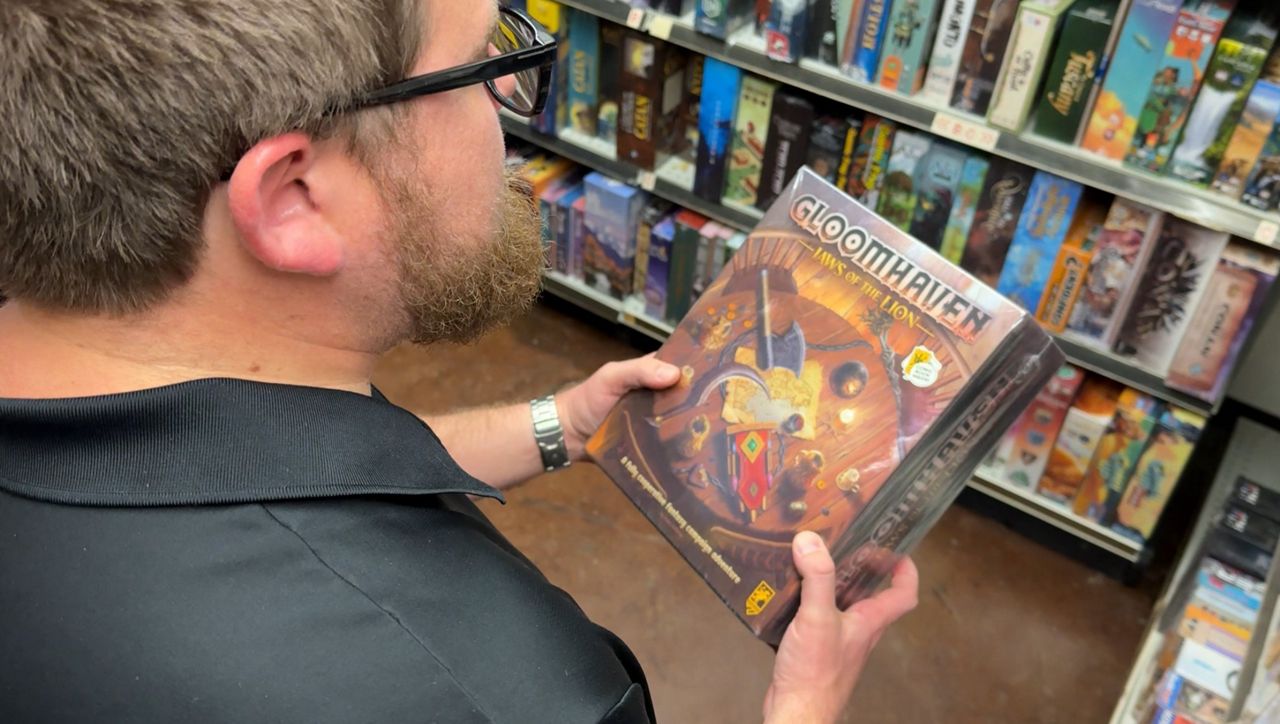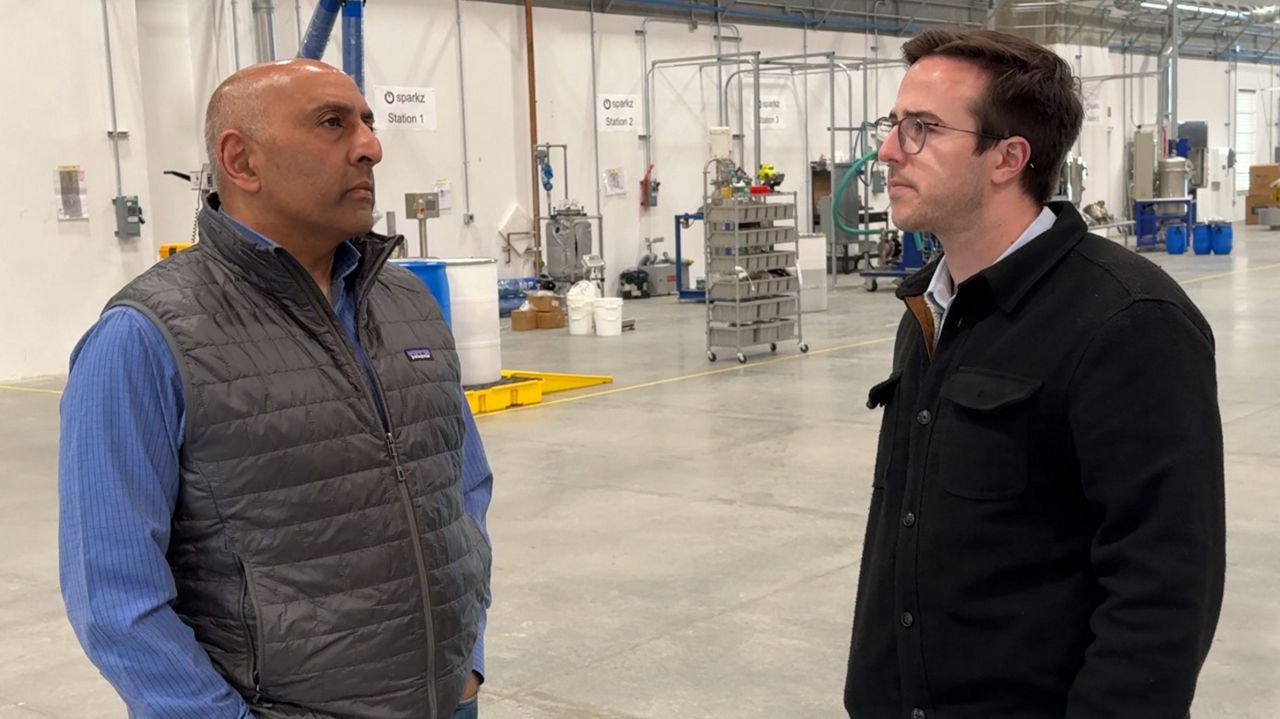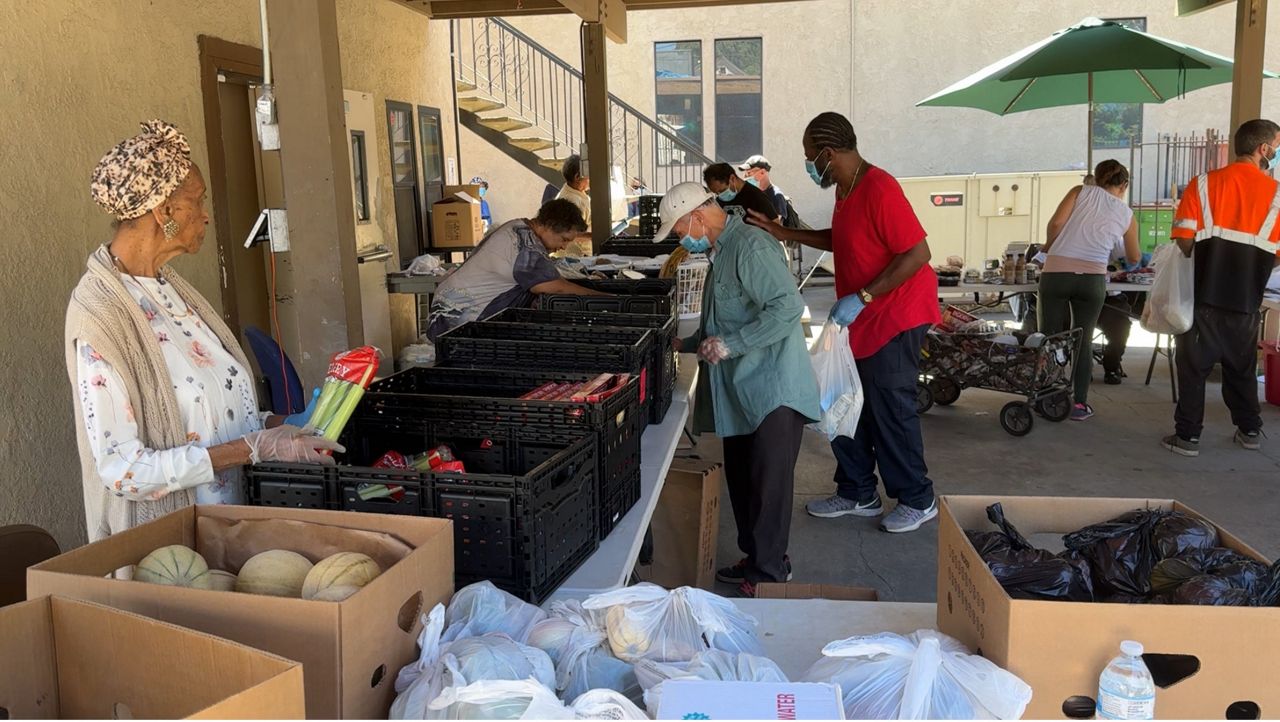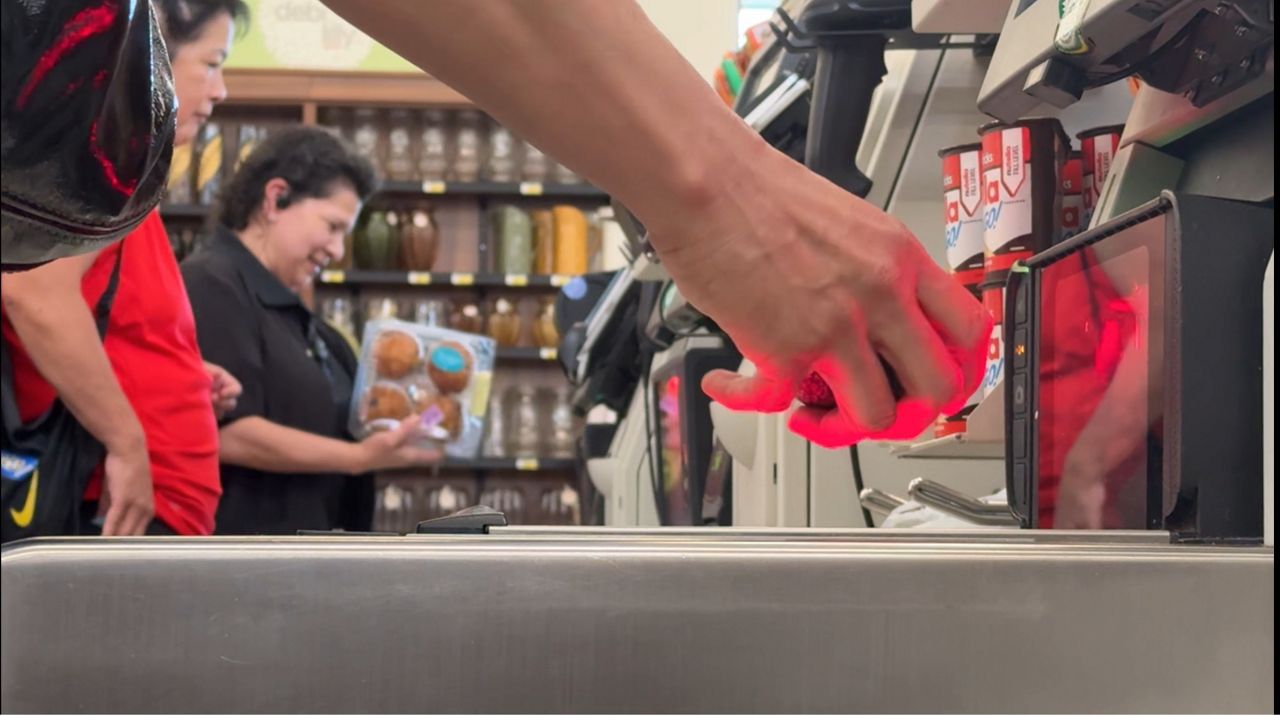SACRAMENTO, Calif. — Tending to each barrel with great passion, Sonoma County winemaker Patrick Cappiello said it’s no exaggeration to say he pours his heart and soul into his wine.
“I mean, it’s my whole life. It has been for so many years,” said Cappiello, owner and winemaker of Monte Rio Cellars.
He said it pains him to see the California wine industry struggling so much.
As a small to medium wine producer of around 8,000 cases, he said over the past several months he’s seen sales flat lining.
“At this point, I don’t feel like I’m on a trajectory with my sales to be able to afford or justify actually bottling these [his next vintage] wines,” Cappiello said.
Several widely reported factors from younger people’s earning ability hampered by COVID to inflation and people becoming more health-conscious Cappiello believes are part of why sales are stagnant across the industry.
His approach, like other small-scale producers of slim margins and direct to restaurants and consumers at a lower price point to appeal to younger people, is in jeopardy, as bigger companies who are responding to falling sales, lower prices.
“And for me now to be forced to go down even further, what was already a very lean profit margin is nonexistent,” Cappiello said.
Other factors are also having a negative effect on the industry.
Lodi in the Central Valley is the most diverse wine-growing region in the U.S., according to the Lodi Wine Commission and produces over 20% of wine in California.
Their Executive Director Stuart Spencer said big winemakers are buying inexpensive imported wine from countries like Europe and Australia who have a glut of wine leftover from being unable to ship product during COVID.
It means Stuart said less is being bought from Lodi growers who are leaving grapes to rot on vines or pulling vines altogether to plant other crops.
“Last year it was like 60 million gallons of wine was imported in bulk,” Spencer said. “Thousands and thousands of cases and millions of bottles of wine [with imported grapes] are finding their way onto the shelves right here in Lodi, in the heart of California wine country.”
He said wine labeled American can have up to 25% imported wine mixed in.
The low demand for California grapes is too much for some.
“We see vineyards going up for sale,” Spencer said. “Families that have been on the ground for over 100 years are deciding to get out of the business and put their vineyards up for sale.”
For Cappiello he said he hopes more Californians and Americans look hard at labels and support local winemakers.
“We are so focused on that when it comes to where our produce comes from or where our meat comes from, or so many other things, you know, we’re all so hyper local,” Cappiello said. “But when it comes to wine. You know, I think people look the other way.”
Something he hopes people won’t do and soon, so the passionate people within the industry aren’t pushed out.











